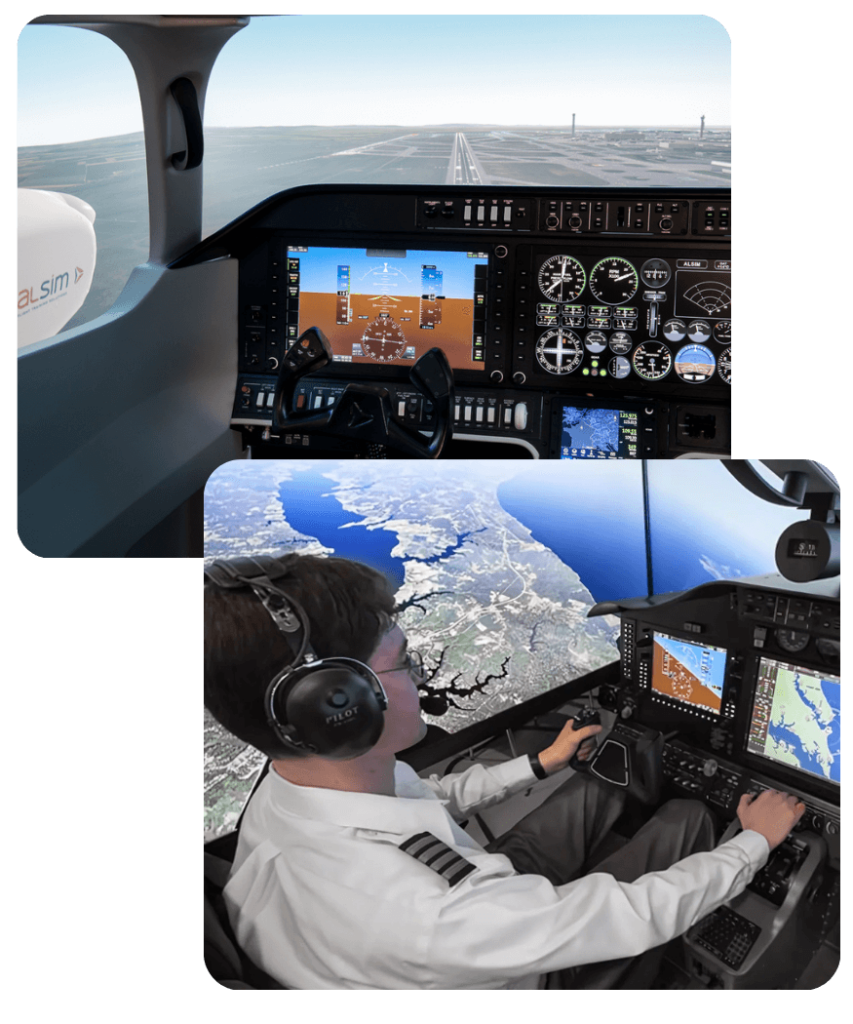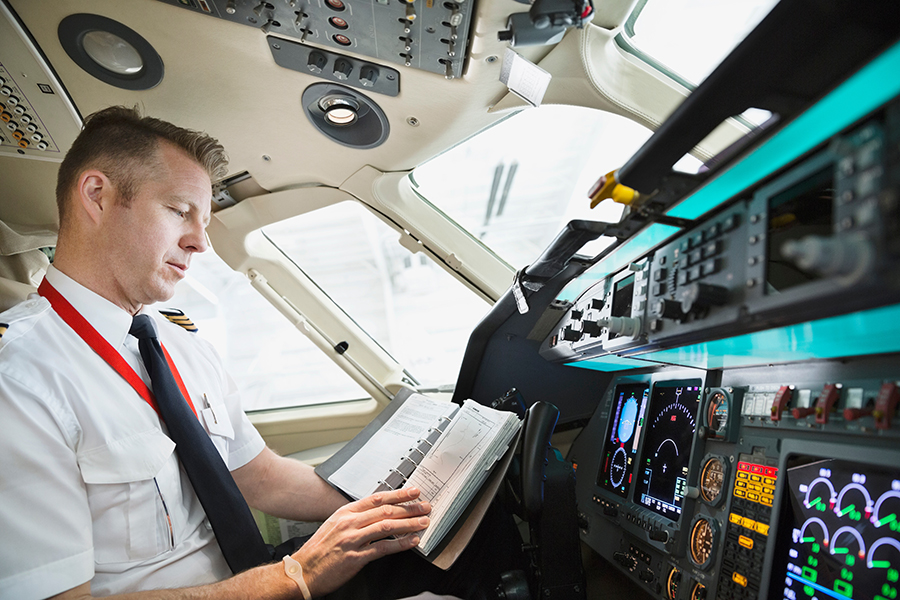Types of Training in the Aviator Simulator
With the Aviator Simulator, a host of training options is afforded, each tailor-made to enhance pilots’ flying skills and knowledge. Each specific type of Aviator training has certain points to be adapted to flying-from the basic manoeuvres to advanced navigation techniques. This helps to bud aviators gain much-needed experience in a protected environment that prepares them for eventual flight challenges.
Basic Flight Training in the Aviator Simulator
An aircraft simulator’s basic flight training exposes trainees to the fundamental controls and techniques of flying. Knowing takeoff and landing procedures is important because both phases demand very precise handling of aircraft. In those moments, speed, altitude, and direction should be under effective management.
Simple manoeuvres like turns and climbs are practiced in developing basic piloting skills. This Aviator types training is designed to make the aforementioned skills in handling an aircraft instinctive.
In this regard, another important thing that a new aviator needs to understand is flight dynamics. This includes study and knowledge about the interaction of lift, weight, thrust, and drag forces during flying. These are the forces which enable him to make quick, proper decisions concerning how to handle the aircraft.

Instrument Flight Rules (IFR) Training
Instrument Flight Rules (IFR) training in the Aviator game training focuses on navigation using instruments, important during a flight in poor visibility and adverse conditions. Trainees learn to rely on cockpit instruments to maintain orientation and control when visual references are limited.
This Aviator try training includes understanding altimeters, headings, and airspeed indicators, enabling pilots to navigate safely in challenging environments. The simulator provides different situations that mimic low visibility due to fog, rain, or clouds, allowing pilots to practice essential skills without real-world risks.
An important aspect of IFR Aviator training is the Instrument Landing System (ILS) approach. Key components of IFR training include the Instrument Landing System (ILS) approach, which involves:
Such a system allows guidance of aircraft during landings with precision both laterally and vertically. Trainees do ILS approaches in order to make sure that they can safely navigate and land in bad weather conditions, a factor that enhances confidence and proficiency skills as an instrument-rated pilot.
Advanced Maneuver Training
Instrument Advanced Maneuver Training in the Aviator Simulator focuses on high-altitude and high-speed manoeuvres, which are superiorly important for an accomplished aviator. For this purpose, the trainees are made to carry out difficult turns that demand precise control and coordination. This is very important Aviator type game training for building capability in managing critical aircraft performance under severe conditions.
It also involves aerobatic maneuvers in enabling a pilot to fully explore an aircraft’s performance envelope, enhancing their spatial awareness and reaction. This training provides valuable experience in handling the aircraft during extreme conditions.
Additionally, stall recovery and spin training are critical components of this program in any Aviator training academy. Pilots learn to recognise the signs of an impending stall and practice recovery techniques to regain control. Spin training further prepares the aviator for those unexpected situations by teaching them how to handle spins safely and with much more effectiveness.
Emergency Response Training in the Aviator Simulator
Instrument Emergency Response Training in the Aviator Simulator prepares pilots for handling in-flight emergencies, such as engine failures and onboard fires. Further, it trains by teaching recognition and making the right decisions under stress. This Aviator flight training is more related to quick decision-making in critical situations and crisis management to ensure safety in the most appropriate manner.
The simulator allows for realistic scenarios where pilots practice emergency procedures, including how to manage aircraft systems and communicate with air traffic control. The simulation of emergency landings and diversions allows pilots to develop the ability to assess options rapidly and execute landing strategies in various conditions.
Examples of emergency situations and their responses, which may apply during training, so in real flight:
| Engine Failure | Maintain control, assess altitude, and prepare for a glide landing. |
| Cabin Fire | Identify the source, extinguish if safe, and prepare for an emergency landing. |
| Severe Turbulence | Reduce speed, secure cabin, and maintain control of the aircraft. |
| Loss of Cabin Pressure | Initiate emergency descent, don oxygen masks, and communicate with ATC. |
Cross-Country and Long-Distance Flight Training
Instrument Cross-Country and Long-Distance Flight Training in the Aviator Simulator focuses on essential skills for navigating over long distances. The trainees will be taught how to make full use of instruments to enable them to navigate accurately so that they stay on course throughout the entire flight.
This training will also include aspects touching on fuel management. Pilots are trained to calculate the amount of fuel required for any given flight, considering the distance of travel, the weight of the load, and the weather conditions. Such an understanding forms an important basis for planning safe and efficient flights.
Additionally, the simulator allows for the simulation of international flights, introducing complexities like airspace regulations and customs procedures. Trainees experience the planning and coordination required for cross-border travel, preparing them for real-world long-distance flying.
Specialized Training Modules
Specialized training modules in the Aviator Simulator are intended to work with several sectors of aviation: military aircraft training. The purpose of this module is to get acquainted with particular features of managing and operating military planes and preparing pilots for these or those missions and maneuvers.
Another important ingredient in this training is helicopter flight simulation. Such training puts emphasis on the peculiar difficulties of rotorcraft flying, which may include hovering, vertical takeoffs, and landings. This provides valuable experience for the trainees in managing peculiar dynamics that characterise helicopters.
They also provide training programs for commercial airliners, strictly based on the procedures and systems that involve large passenger aircraft. Such training will include the flight management system, cockpit resource management, and passenger safety briefings.

Feedback and Evaluation in the Aviator Simulator
Valuable assessment and feedback come from Aviator-like simulations regarding the performances of pilots. Real-time performance assessments enable the trainees to perceive certain immediate actions which demarcate strengths and weaknesses. Such instantaneous feedback is critically required to iron out skills and build confidence.
Improvement recommendations concerning required skills are automatically generated through the performance data. This will tell the pilot precisely in which areas to carry out improvement in their performance, which adds to efficiency in training. Constructive feedback allows the trainee to make adjustments to the practice routine accordingly.
Besides that, progress tracking is incorporated into the simulator for certification or licensing purposes. It logs flight hours and performance metrics, thus giving a clear overview of the development of a pilot. This ensures that aspiring aviators meet the requirements necessary for their different certifications while fostering a sense of achievement during their training process.
